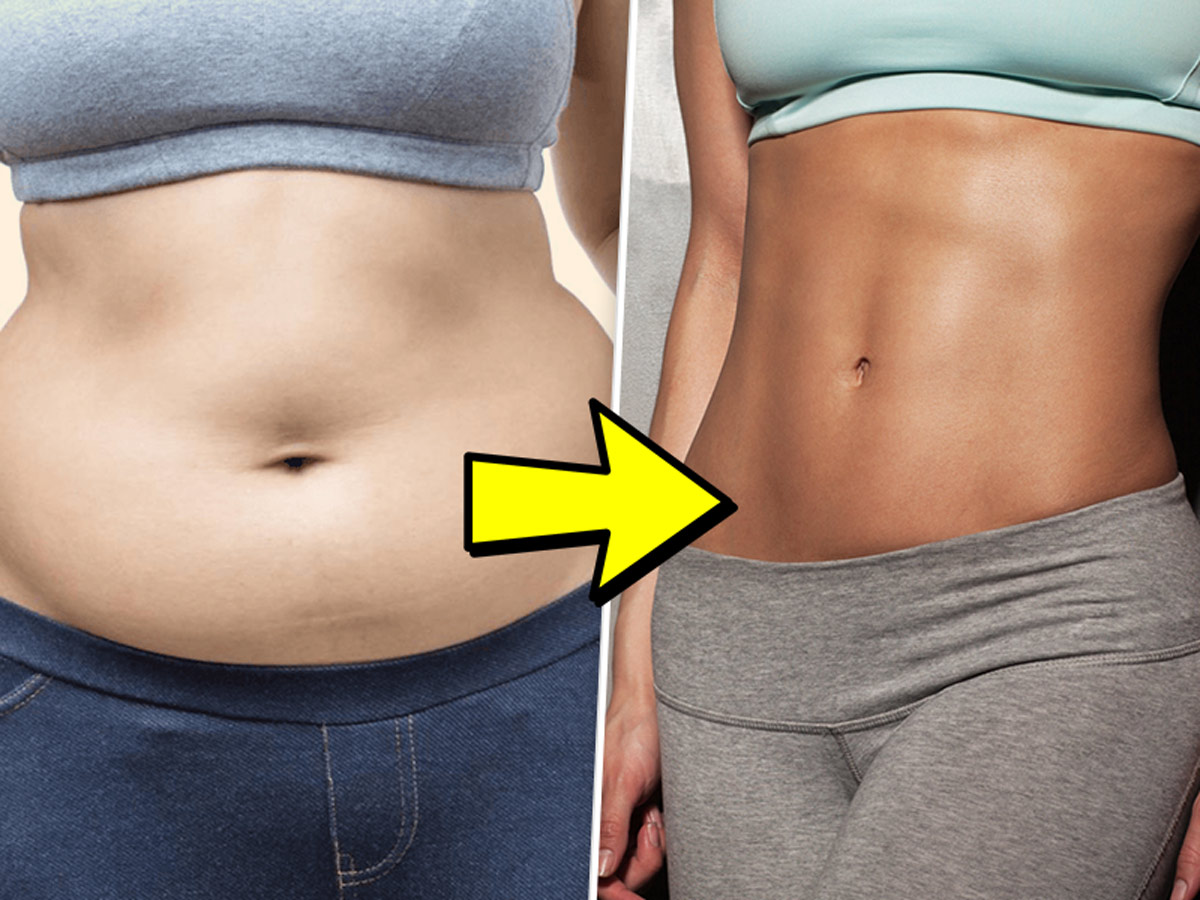Step-downs, also known as step-down lunges or step-down squats, are a highly effective lower body exercise that targets multiple muscle groups while improving balance, stability, and functional strength. In this comprehensive guide, we’ll delve into the benefits of step-downs, the muscles involved, proper technique, variations, and frequently asked questions to help you incorporate this exercise into your fitness routine effectively.
Benefits of Step-Downs
Muscle Activation
Step-downs engage various lower body muscles, including the quadriceps, hamstrings, glutes, and calves, leading to improved strength and muscle tone.
Functional Strength
By mimicking everyday movements like stepping off a curb or stair, step-downs enhance functional strength and stability, making daily activities easier and reducing the risk of injury.
Balance and Stability
Performing step-downs challenges balance and proprioception, helping to improve coordination and stability, particularly in the ankles and knees.
Joint Health
Step-downs promote joint health by strengthening the muscles surrounding the knees and hips, reducing stress on the joints and supporting proper alignment.
Versatility
Step-downs can be easily modified to accommodate different fitness levels, making them suitable for beginners and advanced individuals alike.
Muscles Used in Step-Downs
Step-downs primarily target the following muscle groups:
Quadriceps
Located at the front of the thigh, the quadriceps are responsible for extending the knee and straightening the leg.
Hamstrings
Situated at the back of the thigh, the hamstrings assist in knee flexion and hip extension.
Gluteus Maximus
The largest muscle in the buttocks, the gluteus maximus is involved in hip extension and provides stability during step-downs.
Calves
The calf muscles, including the gastrocnemius and soleus, help stabilize the ankle and provide propulsion during the exercise.
Hip Abductors/Adductors
Muscles along the sides of the hip, including the gluteus medius and adductors, stabilize the pelvis and support proper alignment during step-downs.
How to Do Step-Downs: Proper Technique
Follow these steps to perform step-downs with proper technique:
Setup
Stand facing a step or platform with your feet hip-width apart and your hands on your hips or by your sides for balance.
Engage Core
Brace your core muscles to maintain stability throughout the exercise.
Step Down
Lift one foot and place it firmly on the step, ensuring the entire foot is in contact with the surface.
Control Descent
Slowly lower your body by bending the knee of the supporting leg, keeping your torso upright and your knee aligned with your toes.
Tap Toe
Gently tap the toes of your non-supporting leg on the floor beside the step without putting weight on it.
Push Through Heel
Press through the heel of your supporting leg to return to the starting position, fully extending your knee and hip.
Repeat
Perform the desired number of repetitions on one leg before switching to the other leg.
Common Mistakes to Avoid
Collapsing Knee:
Keep your knee aligned with your toes and avoid letting it collapse inward during the descent.
Rounding Back
Maintain a straight back and avoid rounding or arching your spine throughout the exercise.
Using Momentum
Control the movement with your muscles rather than relying on momentum to lift or lower your body.
Descending Too Quickly
Lower your body in a slow and controlled manner to maximize muscle engagement and reduce the risk of injury.
Incomplete Range of Motion
Lower your body until your non-supporting foot gently taps the floor beside the step to ensure a full range of motion.
Variations of Step-Downs
Weighted Step-Downs
Hold dumbbells or a kettlebell in each hand to increase the resistance and challenge your lower body muscles further.
Elevated Step-Downs
Perform step-downs on a higher platform or step to increase the range of motion and intensity of the exercise.
Lateral Step-Downs
Instead of stepping directly back, step to the side and lower your body, targeting different muscles, including the gluteus medius and adductors.
Reverse Step-Downs
Start with one foot on the step and step backward with the opposite foot, lowering your body until your heel taps the floor behind the step.
Frequently Asked Questions (FAQs)
How many sets and repetitions should I do when performing step-downs?
Start with 2-3 sets of 8-12 repetitions per leg and adjust the intensity based on your fitness level and goals.
Can step-downs help with knee pain?
Step-downs can strengthen the muscles surrounding the knees, potentially reducing knee pain and improving joint stability. However, if you experience knee pain during the exercise, consult with a healthcare professional before continuing.
Are step-downs suitable for beginners?
Yes, step-downs can be modified to accommodate beginners by starting with a lower step height and focusing on proper technique before increasing the intensity.
Can I perform step-downs if I have balance issues?
If you have balance issues, start with a stable surface and hold onto a support for balance until you feel more confident. Gradually challenge your balance as you progress.
Should I do step-downs before or after cardio exercises?
It’s generally recommended to perform strength exercises like step-downs before cardio exercises to prioritize muscle engagement and prevent fatigue-induced injuries.
Can I incorporate step-downs into a circuit training routine?
Yes, step-downs can be included in a circuit training routine to target multiple muscle groups and enhance overall strength and endurance.
How often should I do step-downs in my workout routine?
Aim to include step-downs in your workout routine 2-3 times per week, allowing for adequate rest and recovery between sessions.
Conclusion
Step-downs are a versatile and effective lower body exercise that targets multiple muscle groups while improving balance, stability, and functional strength. By following proper technique, avoiding common mistakes, and incorporating variations to suit your fitness level, you can maximize the benefits of step-downs and enhance your overall lower body strength and stability. Whether you’re a beginner or an experienced athlete, integrating step-downs into your workout routine can help you achieve your fitness goals and support optimal musculoskeletal health.
- Profhilo Treatment Near Forest Green, Surrey - May 31, 2025
- Vista Edge Vape Oil Leakage: How To Prevent And Fix It - May 31, 2025
- How To Recognize And Heal From The Damaging Effects Of Love Bombing - May 31, 2025




